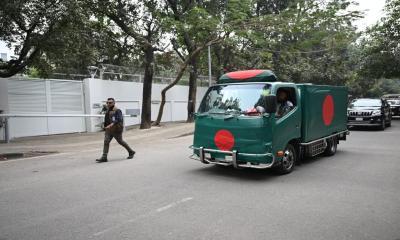Motorbikes are undoubtedly some of the easiest and fastest modes of transportation, especially in a heavy-traffic city. While the popularity is ever-growing, a brand-new motorcycle isn’t always affordable for many. That’s where the large used motorcycle market comes up. An informed purchase of a second-hand motorcycle would get a great bike at a steal of a deal. Here’s a checklist to consider before buying a used motorcycle, reported by UNB.
11 Things to Consider Before Buying a Secondhand Motorbike
Know Your Bike
If you’re in the market for a second-hand bike, you should first know what bike you’re planning to buy. There are several types of bikes ranging from sports, naked, cruiser, café racer, bobber, scrambler, commuter, and many more. The overall budget, cc limit, and rideability grossly differ from type to type. So first decide which type of bike you want to buy and do in-depth research.
The best approach would be to select the model and then study the details. If possible, check out a brand-new one first for easy comparison.
Mileage and Age
The second thing to consider is the mileage and age of the bike. Once you decide on a model, you will get a reference point of when the bike was released and how long it has been on the market. Check the mileage on the counter to assess how long it has been ridden.
However, it is important to note that the mileage counter can be easily tweaked so it isn’t always a reliable indicator of a bike’s condition. But there are other tell-tale signs when it comes to general wear and tear of a bike.
Damage and Repair History
Whether you are buying the bike from a person or a dealership, always check for damage reports and repair history. Typically, every servicing of the bike will have a detailed report. These reports are an effective way to understand which parts have been serviced and changed. As a rule of thumb, it is better to avoid bikes with major parts replacement or after-market installations.
Tires
The tires are another great indicator of how much the bike has been ridden. We already mentioned that the mileage meter can be easily manipulated, but the wear and tear on the tire can give an estimation of the mileage.
Get a picture of a brand-new tire for your model to compare. Check the middle grooves of the tire. A bike with over 10K km on it will have reduced grooves. So if you see a bike with a 5K mileage and worn-out grooves, know that something’s not right.
Now you might ask, what if the tires are changed? Well in that case check the tire and rim joint. A changed or aftermarket tire will leave a noticeable gap to easily understand that it has been replaced.
Read more: 15 Best Motorbikes Under 2 lac taka for daily use, office commute

Representational image: Collected from Facebook
Front and Back Sprocket
Most sports and cruiser bikes have a hidden front sprocket which is generally covered by a protection plate. If you’re buying from a dealer, ask them to open up the protection plate to inspect the front sprocket. Check for wear and tear on the grooves.
A front sprocket with noticeable groove wear out has at least 10 to 15K mileage on it.
Brake Plates
Hand-checking the front and back brake plates is another way to test the age of the bike. Start from the edge and gradually move your finger to the inner circle. If you feel a gradual decline, it means the bike has at least 10K mileage on it.
Some will also suggest checking the brake pads. But the brake pads can be easily replaced so they aren’t a reliable indicator of wear and tear on the bike.
Electrical Components
Do not forget to check all the available electrical components of the bike. If possible, download a list of electrical components of your chosen model before going for an inspection. Simply check the list in chronological order to see whether everything is in perfect condition or not. Important parts include headlights, tail lights, indicators, and an electric startup mechanism.
Assess the Oil and Coolants
The condition of the oils and coolants is a great indicator of the upkeep of the bike. The oil and coolants should represent a syrup-like fluidity. It means that they are either new or have been changed regularly.
On the contrary, if the oil is tar-like, it means that it hasn’t been changed in a long time. Similarly, watery or cloudy oil indicates the presence or leakage of water into the oil chamber.
Overall Detailing
Beyond the driving specifics, there are other indicators to understand the upkeep of the bike. For example, the endpoints of the handle, or the indicator lights may have wear and tear from brushing against other vehicles. Similar wear and tear can be noticed in the front and back shock absorbers.
Most used bikes have aftermarket seat covers. Remove the cover and assess the actual condition of the seat. Check the key of the bike as well. The wear and tear on the key is also an indicator of the age of the bike.
Take for a Test Drive
Once you’ve checked for the specifics, it`s time for a test ride. No amount of external inspection can confirm the drivability unless it`s taken for a test run. Assess the braking, handling, turning, and overall comfort while riding.
Market Research
When you’re in the market for a second-hand bike, it would be wise not to buy the first bike you see. Sure it might be “THE ONE” for you, but the best approach would be to keep it on the list.
The more bikes you check out, the more you’ll understand about the different quirks and stuff to check out in a model. For better reliability, go to a dealer with a proven record. In short, do your research and assess everything to the finest detail.
Final Words
Buying a second-hand motorcycle can be quite tricky and challenging. Not to mention all the background work and name transfer hurdles that come with it. But used bikes are also the only way for many people to get into the efficient transport system.
So even if the process gets exhausting, make sure to follow the above checklist to ensure peace of mind for your precious purchase.









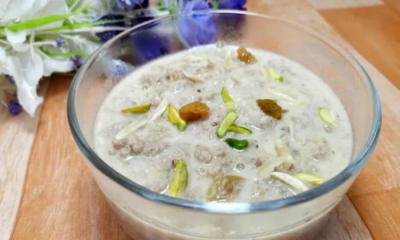
-(25)-20251122062715-20260105041159.jpeg)

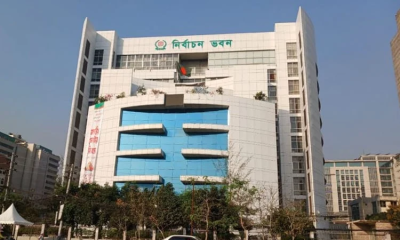

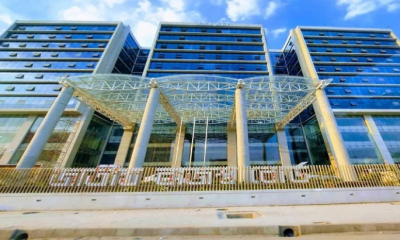
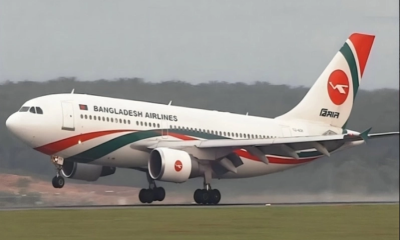
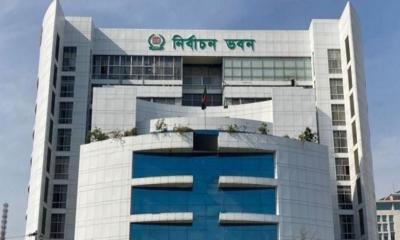




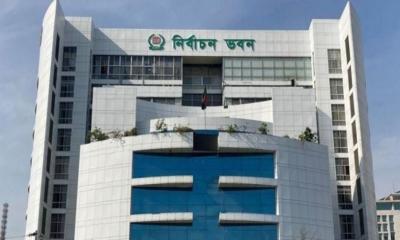
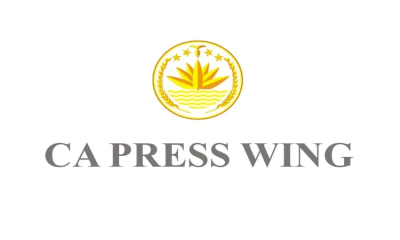



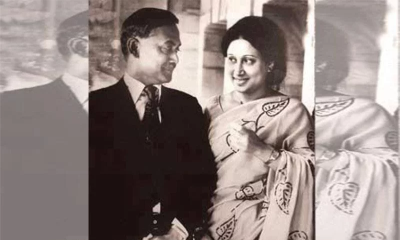

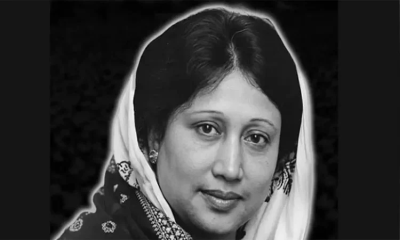
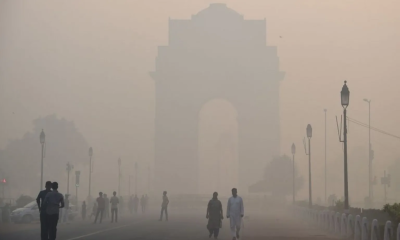


-20251229113834.jpg)

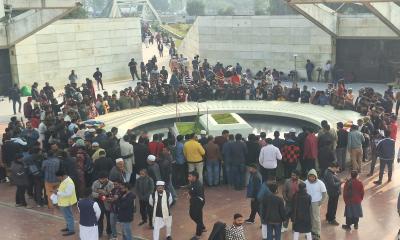

-(2)-20260102070806.jpeg)
